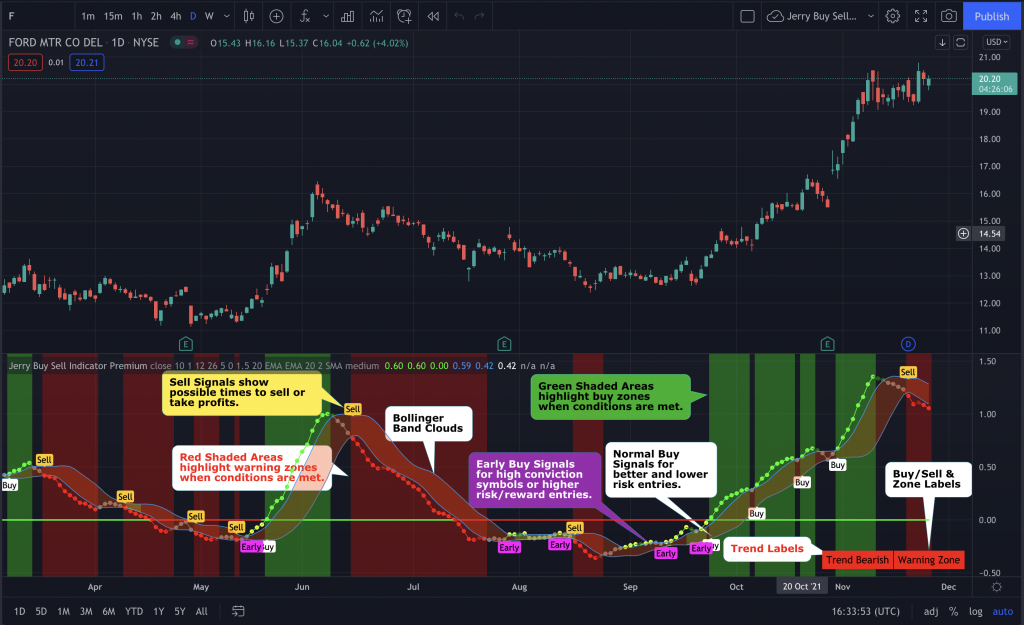
Image Source: Google
Swing trading is a popular trading strategy that aims to capture short to medium-term gains in a stock (or any financial instrument) over a period of a few days to several weeks. It involves identifying an upward or downward trend and then capitalizing on the price swings within that trend. By mastering the art of swing trading, investors can potentially maximize their returns while minimizing risk. In this article, we will delve into the key principles and strategies of the best swing trading stocks.
The Basics of Swing Trading
What is Swing Trading?
- Swing trading involves buying at the low end of a price movement and selling at the high end to profit from the price swings or "swings" in the market.
- It is different from day trading, which involves buying and selling within the same day, and long-term investing, which involves holding stocks for an extended period.
- Swing traders often use technical analysis to identify patterns and trends that indicate potential price movements.
Key Concepts in Swing Trading
- Trend Identification: Swing traders look for stocks that are in an established trend, whether it is up, down, or sideways.
- Support and Resistance Levels: These are price levels at which a stock tends to stop and reverse. Swing traders use these levels to set entry and exit points.
- Entry and Exit Strategies: Swing traders enter a trade based on specific criteria, such as breakout patterns or moving average crossovers, and exit when the stock reaches a predetermined target or when the trend reverses.
Strategies for Successful Swing Trading
1. Momentum Trading
- Momentum trading involves riding the momentum of a stock that is already moving in a specific direction.
- Swing traders can look for stocks with strong upward or downward momentum and enter trades with the expectation that the trend will continue.
- Tight stop-loss orders are crucial in momentum trading to limit potential losses if the momentum suddenly reverses.
2. Reversal Trading
- Reversal trading involves identifying stocks that are at a turning point, whether it is a trend reversal or a temporary pullback.
- Swing traders can look for signs of exhaustion in the current trend, such as overbought or oversold conditions, and enter trades in the opposite direction.
- Confirmation from technical indicators or chart patterns can strengthen the trade setup in reversal trading.
3. Breakout Trading
- Breakout trading involves entering a trade when a stock breaks above a significant resistance level or below a significant support level.
- Swing traders can capitalize on the increased volatility and potential for a strong price movement following a breakout.
- Volume confirmation is essential in breakout trading to validate the strength of the breakout.
Managing Risk in Swing Trading
Risk Management Strategies for Swing Traders
- Position Sizing: Determine the appropriate position size based on your risk tolerance and the specific trade setup to limit potential losses.
- Setting Stop-Loss Orders: Place stop-loss orders at key support or resistance levels to protect your capital in case the trade goes against you.
- Diversification: Spread your trades across different stocks and sectors to reduce the impact of any single trade on your overall portfolio.
Emotional Discipline in Swing Trading
- Swing trading can be emotionally challenging, especially when dealing with quick price movements and market fluctuations.
- It is essential for swing traders to stick to their trading plan, manage their emotions, and avoid making impulsive decisions based on fear or greed.
- Keeping a trading journal and reviewing your trades regularly can help you identify patterns and improve your decision-making process.
Final Thoughts
Swing trading stocks requires a combination of technical analysis skills, risk management strategies, and emotional discipline. By mastering the art of swing trading, investors can potentially maximize their returns in the stock market. It is important to continuously educate yourself, test different strategies, and adapt to changing market conditions to succeed as a swing trader. Remember, there is no one-size-fits-all approach to swing trading, so find a strategy that works best for you and stick to it.

